PEOPLE
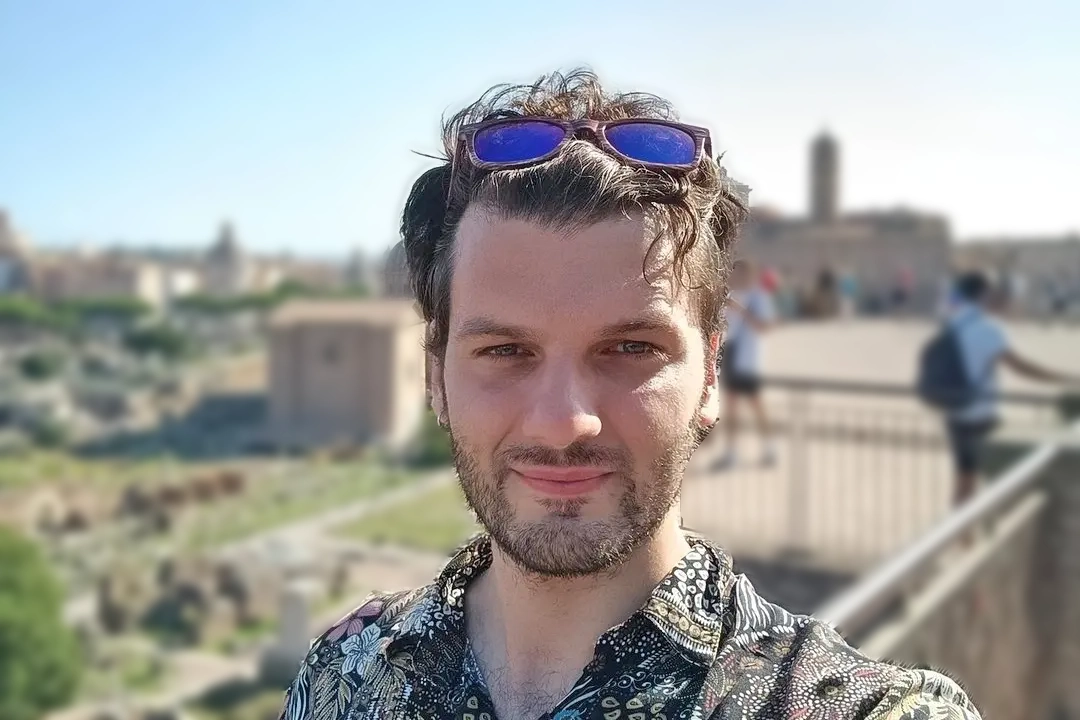
COSMOLOGY WITH GRAVITATIONAL WAVES: GRAVITY SIRENS WINS AN ERC STARTING GRANT
Interview with Simone Mastrogiovanni, resercher at the INFN Roma Division, and member of the Virgo and Einstein Telescope collaborations
The European Research Council recently awarded a Starting Grant worth 1.5 million euros to the GravitySirens project, which aims to measure the expansion of the universe using gravitational wave signals produced by the coalescence of binary systems of black holes and neutron stars. Proposing the project was Simone Mastrogiovanni, a researcher at the INFN Rome division and a member of the Virgo and Einstein Telescope collaborations. GravitySirens is a project that lies between experimental and theoretical physics, and could have an important impact on our understanding of the universe. We asked Simone Mastrogiovanni to tell us about his goals and expectations for developing the project he has created.
Could you give us an overview of what GravitySirens is and what its premises are? In your opinion, why was the project selected by the ERC?
The goal of GravitySirens is to study the mechanisms that drive cosmological expansion, using gravitational wave sources. But not only that, GravitySirens will also focus on discovering how binary systems of compact objects, such as black holes or neutron stars, evolve on cosmological scales and relate to the astrophysical environments that host them. This aspect of the project is also critical to understanding how the most compact objects we know of are formed.NEWS

RESEARCH
EUCLID: ZOOM IN ON THE FRONT PAGE OF THE GREAT COSMIC ATLAS
Euclid, the ESA, European Space Agency, space mission in which INFN, together with ASI, Italian Space Agency, and INAF, National Institute for Astrophysics, are participating for Italy, has revealed the first details of the large atlas of the universe it is compiling thanks to its spectacular observations.
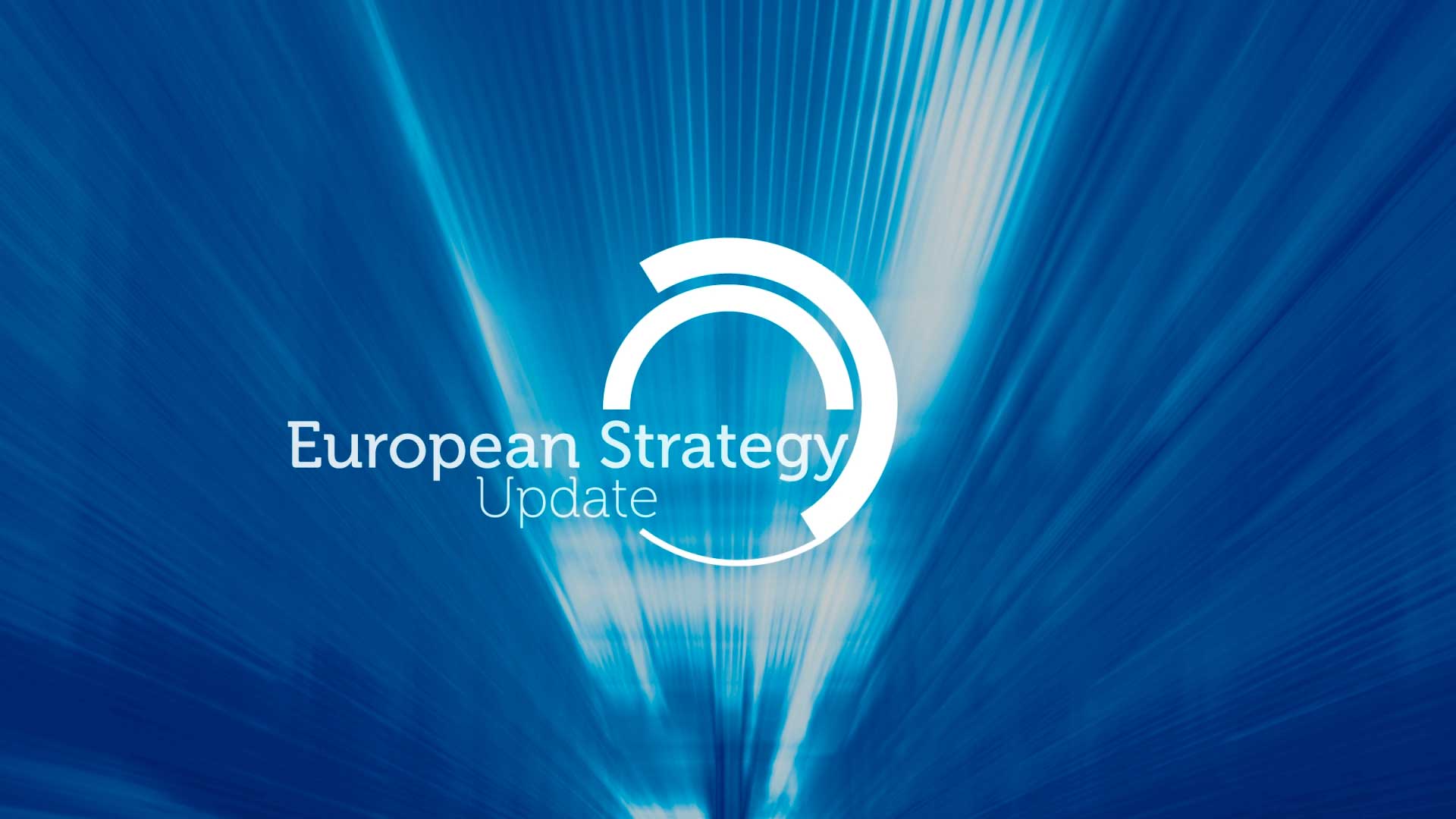
RESEARCH POLICY
TOWARD THE NEW EUROPEAN PARTICLE PHYSICS STRATEGY. NEXT MEETING IN VENICE
During its last meeting at the end of September, the CERN Council formally finalised the organisation of the process of updating the European particle physics strategy. The Physics Preparatory Group was therefore appointed, the working group responsible for producing the final scientific document, which will be drafted on the basis of input and contributions from the scientific community.
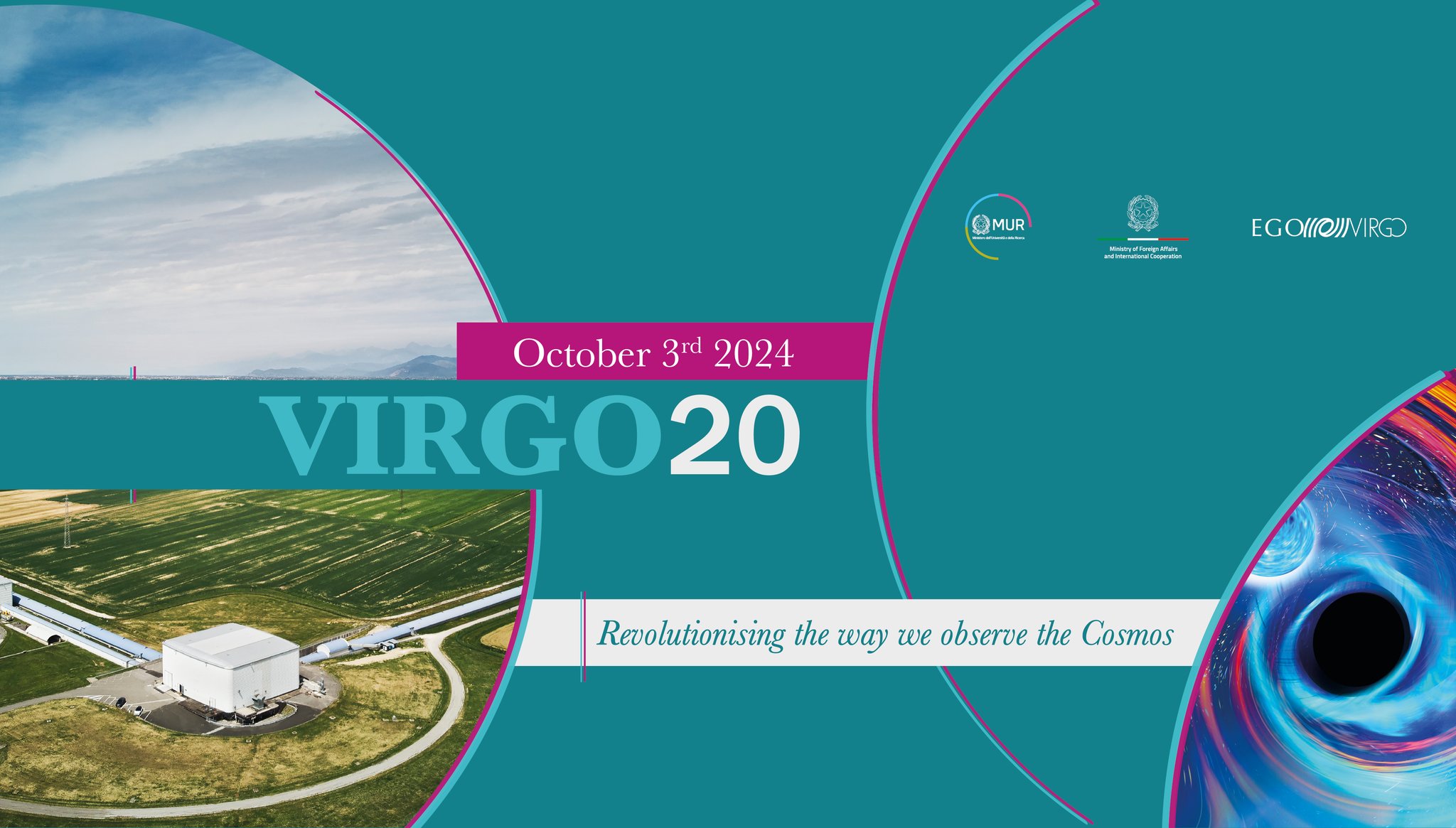
RESEARCH
VIRGO’S 20TH ANNIVERSARY CELEBRATIONS AT EGO
An exceptional parterre from the world of research and institutions is celebrating today, at the European Gravitational Observatory in Cascina, the first 20 years of the Virgo experiment and its crucial contribution to the revolution in gravitational and multi-messenger astronomy, with a look also towards the future and the European project of the large gravitational wave detector Einstein Telescope.
AWARDS
AWARDED TO CARLO RUBBIA THE INFN MEDAL DURING THE CELEBRATIONS IN HIS HONOUR AT CERN
On October 18th at CERN, the fundamental physics community celebrated the 90th birthday of Carlo Rubbia and the 40th anniversary of the Nobel Prize awarded to him in 1984 for the discovery, a year earlier, of the W and Z bosons, with a symposium dedicated to his extraordinary scientific career. The celebrations were opened by Fabiola Gianotti, director general of CERN.
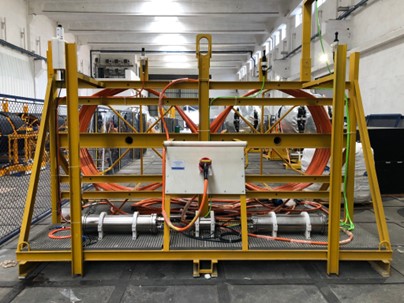
LARGE RESEARCH INFRASTRUCTURES
A SCIENTIFIC OBSERVATORY TO STUDY THE LESS ACCESSIBLE AREAS OF SEAS AND OCEANS INSTALLED AT ABYSSAL DEPTHS
A high-sensitivity seismic-acoustic station built by a multidisciplinary team of researchers from the National Institute for Geophysics and Volcanology (INGV) and the National Institute for Nuclear Physics (INFN) has just been laid 3,500 metres deep in the abyssal plain of the Ionian Sea, 80 kilometres Southeast of Portopalo di Capo Passero (Siracusa, Sicily).
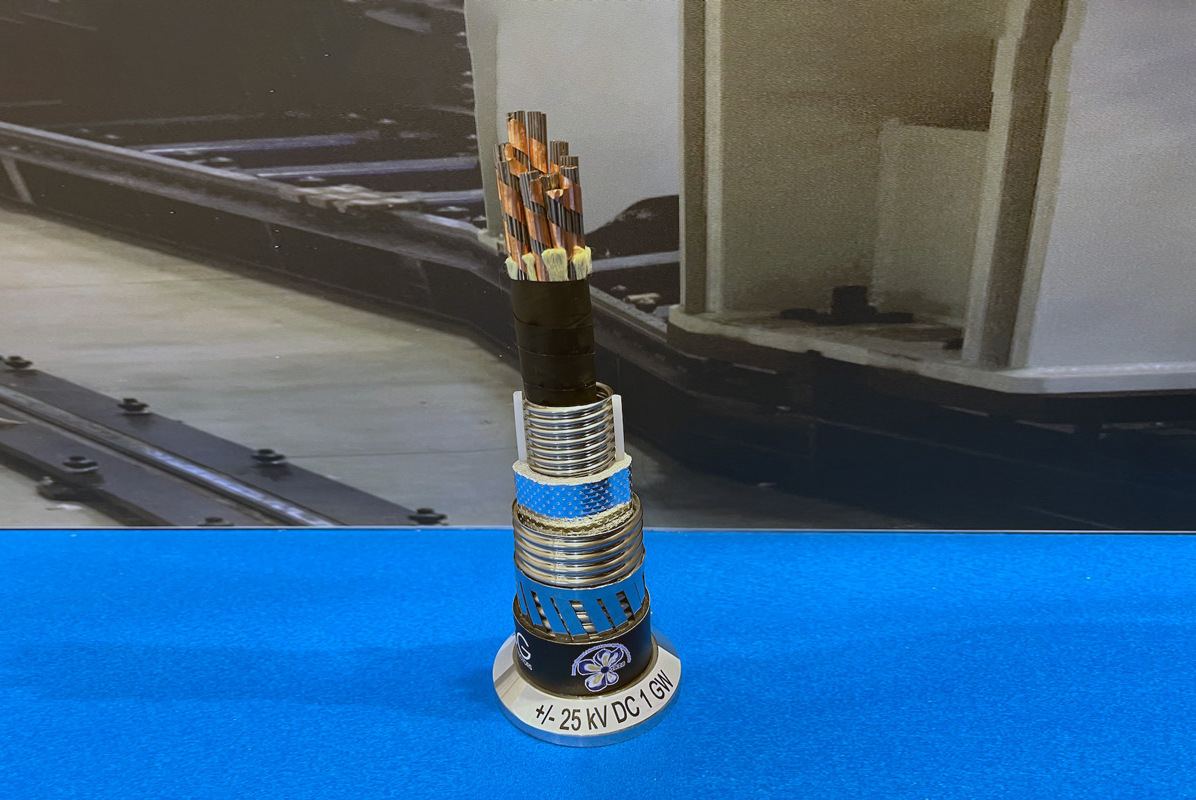
TECHNOLOGY TRANSFER
IRIS' INNOVATIVE CABLE FOR ENERGY SAVING AT BIG SCIENCE BUSINESS FORUM
AS PART OF THE IRIS PROJECT, FUNDED BY THE PNRR, INFN AND ASG SUPERCONDUCTORS ARE WORKING ON A 1GW SUPERCONDUCTING CABLE FOR THE TRANSPORT OF ENERGY WITHOUT DISPERSION AND WITH A REDUCED ECOLOGICAL FOOTPRINT
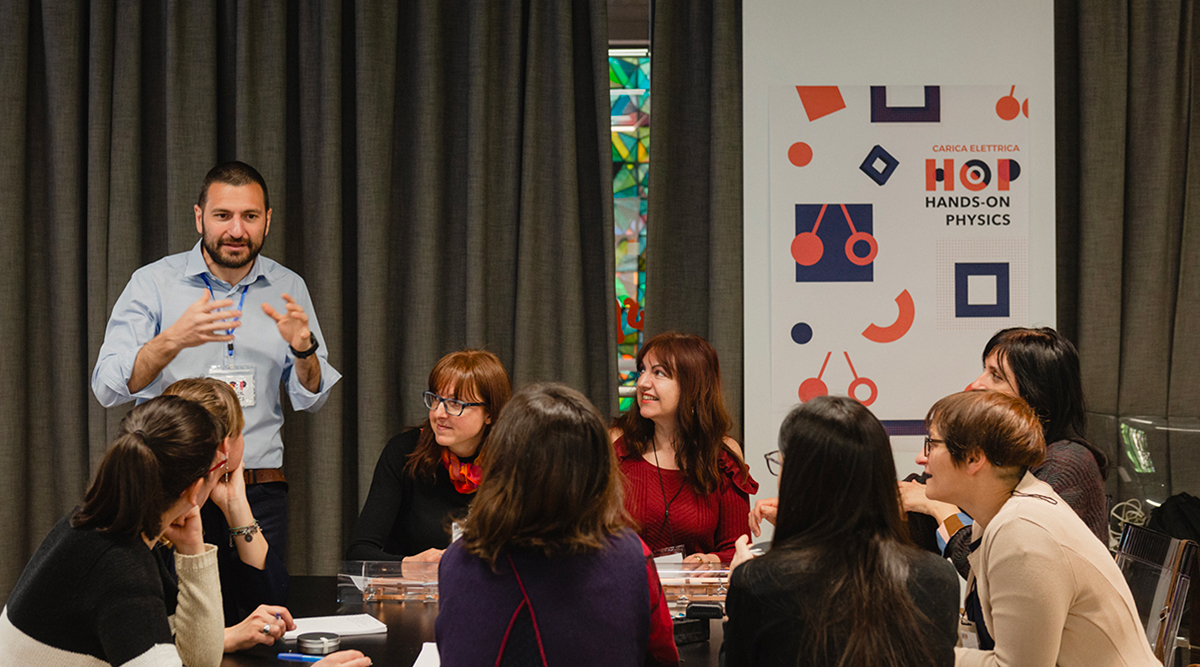
EDUCATIONAL
THE SECOND EDITION OF HOP HANDS-ON PHYSICS: INFN, CERN AND AGNELLI FOUNDATION PROJECT FOR MIDDLE SCHOOLS GETS UNDERWAY
Getting involved, experimenting firsthand, learning while having fun and starting with questions and not answers are the key ingredients of HOP Hands-On Physics (www.hopscuola.it), a project for middle schools that offers an educational kit and training course for mathematics, science and technology teachers.
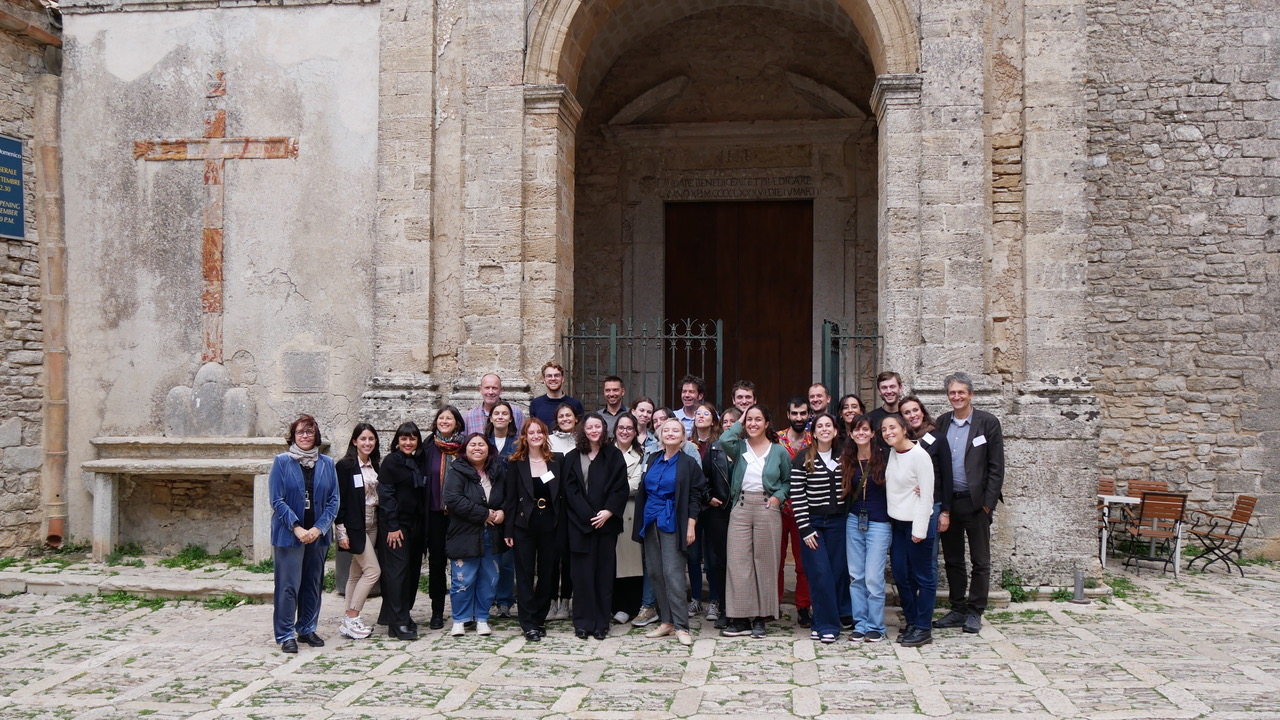
SCIENCE COMMUNICATION
UNDERGROUND SCIENCE: THE XII EDITION OF THE ERICE INTERNATIONAL SCHOOL OF SCIENCE COMMUNICATION AND JOURNALISM
The 12th edition of the Erice International School of Science Communication and Journalism has just ended. Every year, around 20 students from all over the world participate, thanks to a scholarship supported by the INFN. The theme of the 2024 edition was "Underground science: Observing the Universe from below".
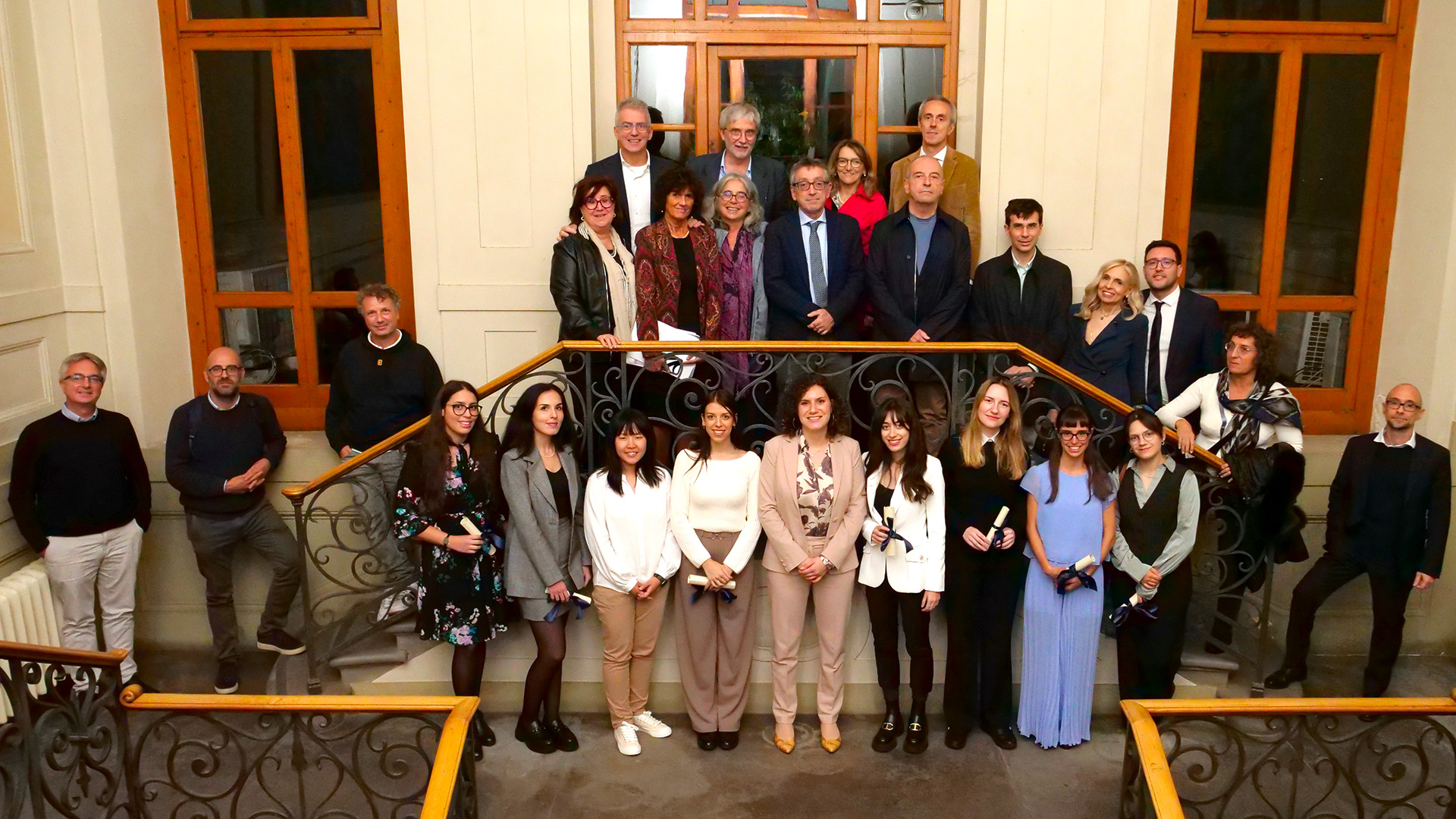
AWARDS
AT GGI THE INFN MILLA BALDO CEOLIN PRIZE IS AWARDED TO THE BEST RECENT FEMALE GRADUATES IN THEORETICAL PHYSICS
Fostering and encouraging young female researchers in theoretical physics: this is the goal of the INFN Milla Baldo Ceolin Prize, which, now in its fourth year, was awarded to ten brilliant recent female graduates, on October 8th.
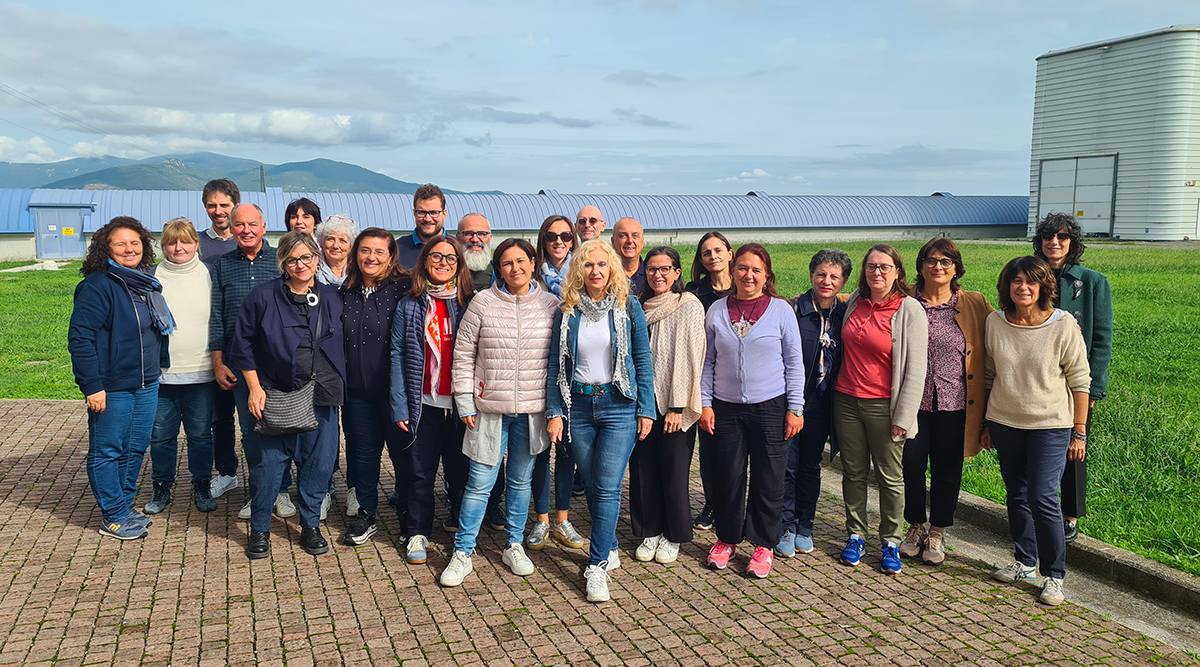
EDUCATIONAL
INFN PROGRAMME FOR TEACHERS GETS UNDERWAY: FIRST TIME AT EUROPEAN GRAVITATIONAL OBSERVATORY INFN PROGRAMME FOR TEACHERS GETS UNDERWAY: FIRST TIME AT EUROPEAN GRAVITATIONAL OBSERVATORY
Getting teachers to discover the experimental activities of INFN research laboratories and telling them about cutting-edge research activities in the field of fundamental physics. The 2024-2025 edition of the INFN Teachers Programme, an update course for high school science teachers organised by INFN at its national laboratories, starts today,14 October.
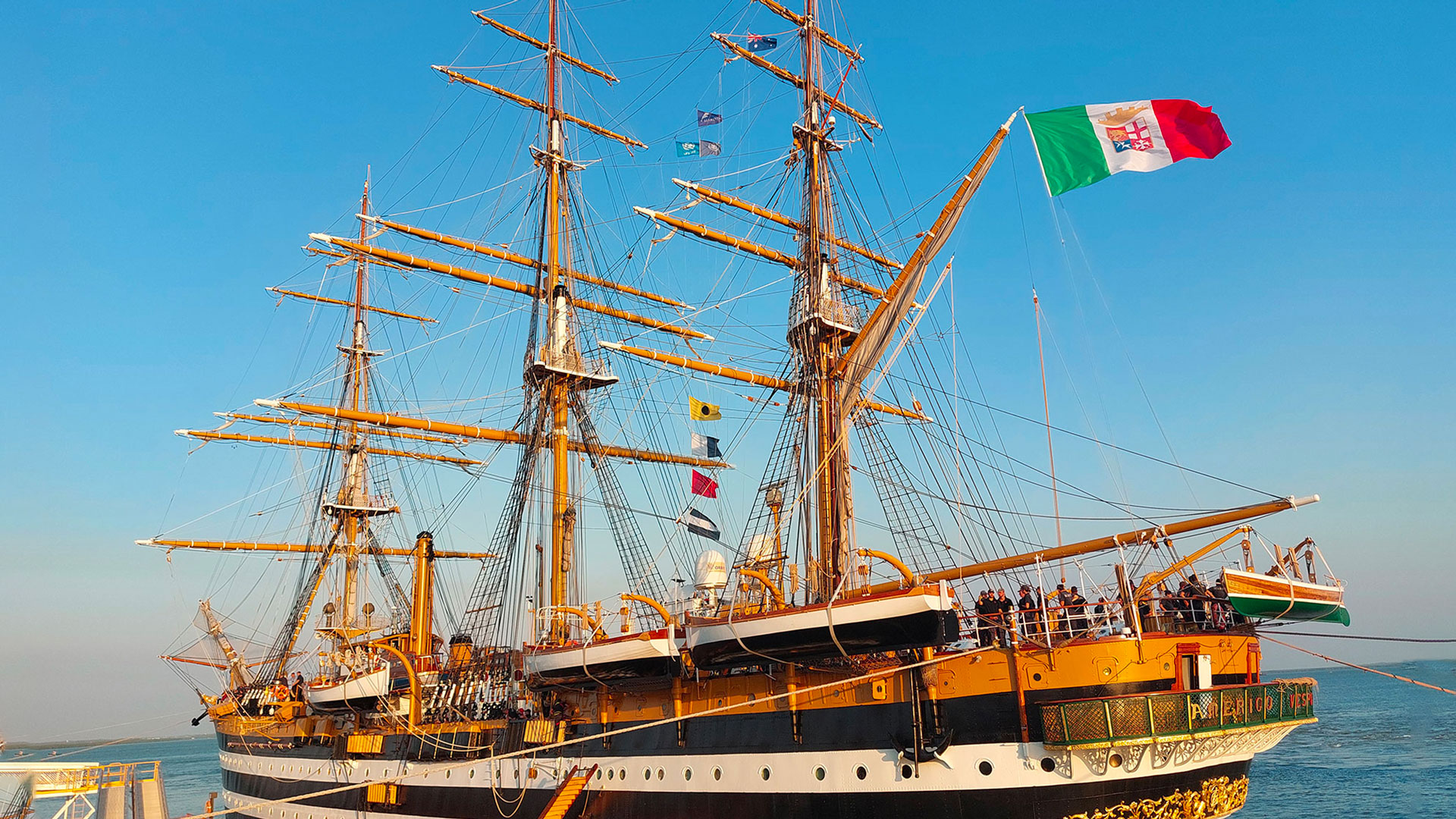
PUBLIC ENGAGEMENT
A COSMIC RAY DETECTOR ON THE AMERIGO VESPUCCI WILL SAIL THE SEAS OF THREE CONTINENTS
A small INFN apparatus for detecting cosmic rays, the shower of particles that constantly hits us from space, set sail on October 7, from Darwin, Australia. Hosting it was the Amerigo Vespucci, a training ship of the Navy, an ambassador of Made in Italy in the world, currently engaged in the World Tour.
FOCUS
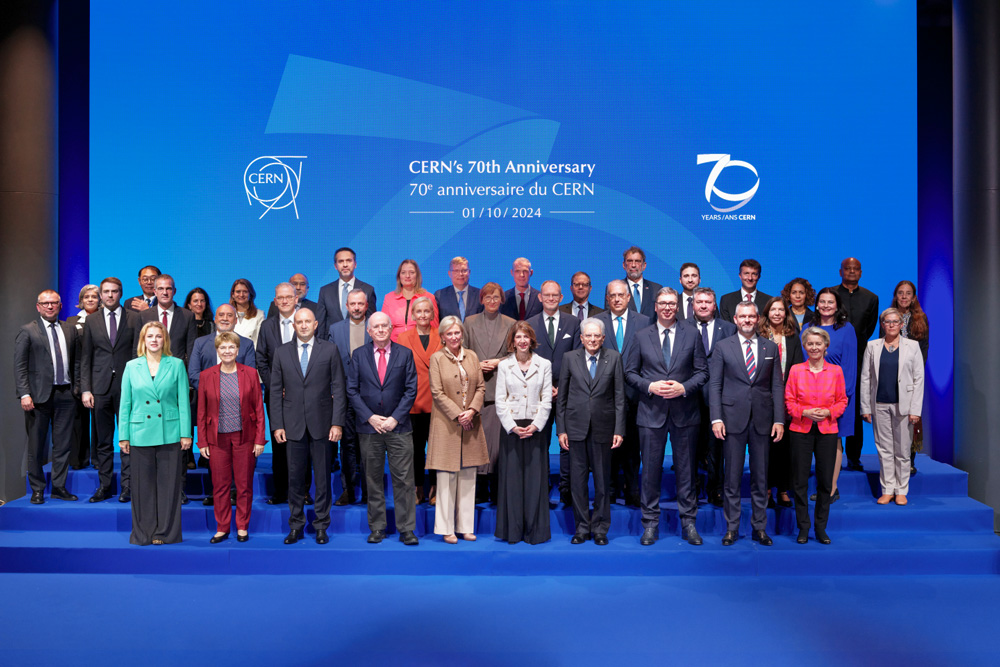 SEVENTY YEARS OF ITALY AT CERN
SEVENTY YEARS OF ITALY AT CERN
Trust, an all-human feeling that causes us to place expectations and hopes in ourselves, others and the future; a feeling so impetuous that it can give rise to a unique and unrepeatable scientific institution: CERN. That is how, in the early 1950s, the world's largest particle physics laboratory came into being, one act of trust at a time: trust that European countries, still torn apart by the recent world conflict, would find common ground in the immutable laws of the universe; trust that substantial investments in fundamental physics could contribute to Europe's economic and social renaissance; trust that by engaging in the breakdown of matter into its smallest elements, the particles, the European scientific community, largely still on the other side of the Atlantic Ocean, could be rebuilt.menti più piccoli, le particelle, si arrivasse alla ricomposizione della comunità scientifica europea, in larga parte ancora oltreoceano. ...
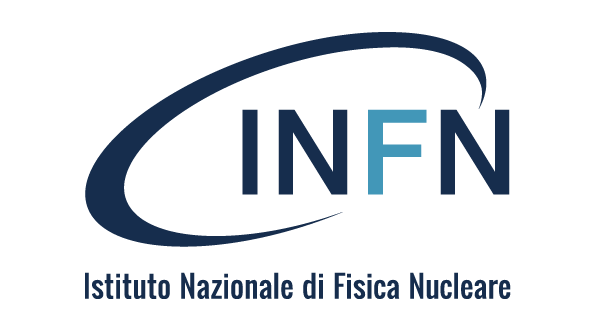

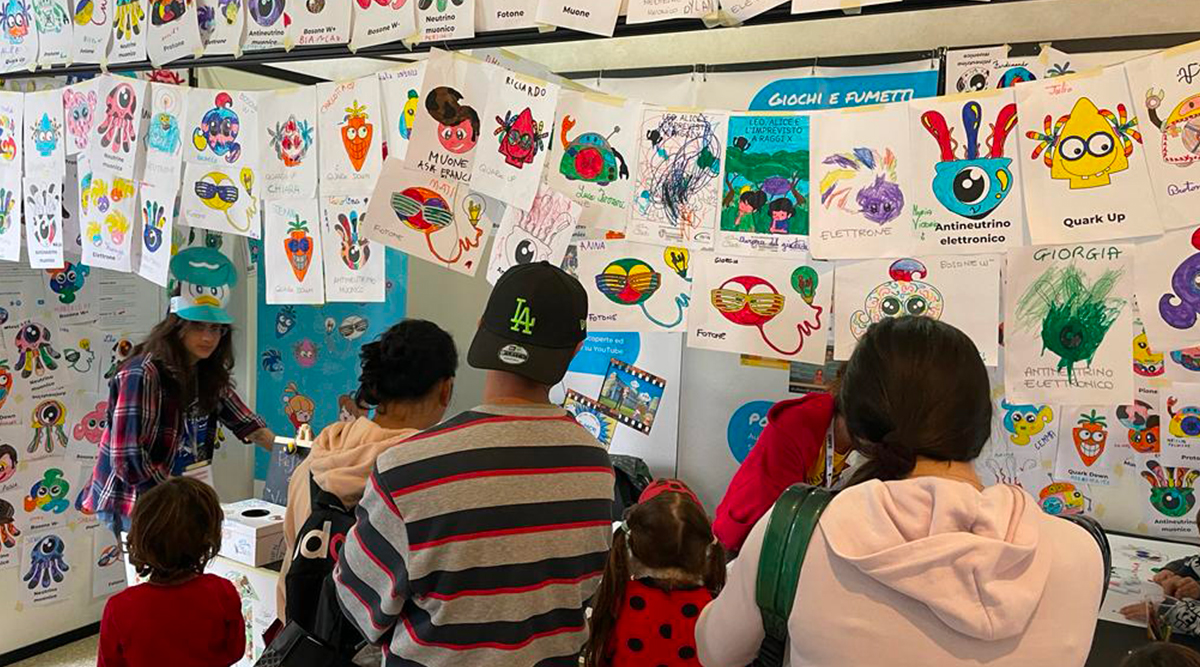 IN NOVEMBER, INFN MEET THE PUBLIC OF THE LUCCA COMICS&GAMES AND CAGLIARI SCIENCE FESTIVAL
IN NOVEMBER, INFN MEET THE PUBLIC OF THE LUCCA COMICS&GAMES AND CAGLIARI SCIENCE FESTIVAL